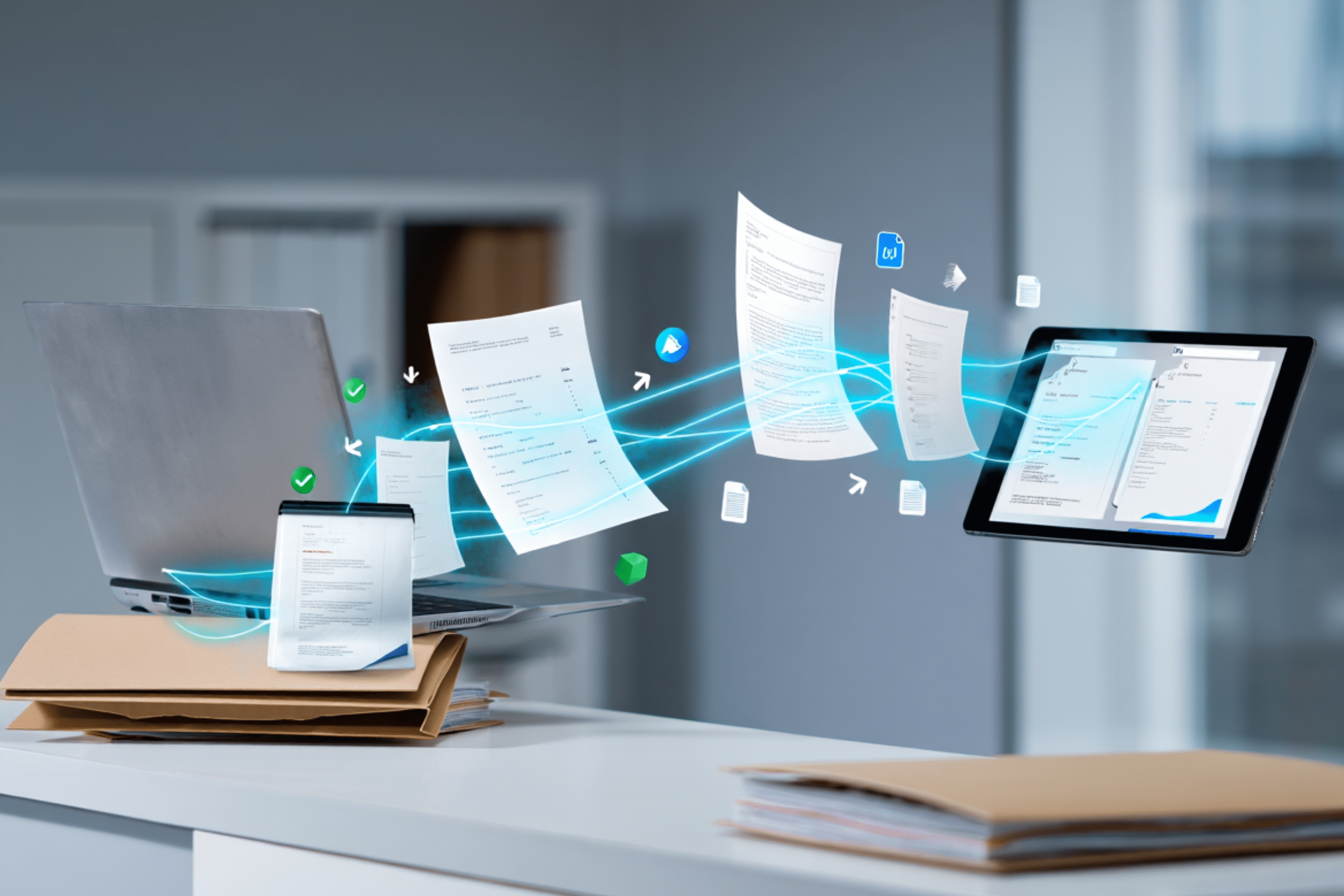When you need a new set of labels for your product, what are the key documents needed? You will probably think of a ‘purchase order’. The term ‘purchase order’ is often heard when a transaction of goods or services is being raised by the company.
However, if you haven’t been involved in a business purchasing process before, you might be wondering why companies use purchase orders. Purchase orders are like the glue that holds your company together. They enable you to keep track of your orders and collect payments promptly. Any business that requires raw materials or external services needs to issue a purchase order, possibly to several vendors.
1. How does a purchase order work?
A purchase order details the items the buyer agrees to purchase at a certain price point. It also outlines the delivery date and terms of payment for the buyer.
2. How does a purchase order get paid?
A buyer creates a purchase order to be fulfilled by a vendor. The vendor then issues an invoice for the purchased items or services. The buyer pays for the item.
3. What comes first sales order or purchase order?
Buyers use purchase orders to begin the purchasing process with a vendor. After receiving a purchase order from the buyer, vendors issue sales orders to the buyer, verifying details and approving the purchase.
4. Can a purchase order be cancelled?
It is possible to cancel a purchase order after it has been issued, as long as the vendor has still not been paid. The buyer who was in charge of issuing the purchase order would receive the request.
To provide better clarity, we have listed 7 key points about the purchase order you need to know.

What is a purchase order?
A purchase order, or PO, is an official document created by a buyer and delivered to the seller for the sale of products or services they wish to purchase. It is the written confirmation of an order being placed and a legally binding contract between the two parties when the document is approved by the seller.
Purchase Order Versus Invoices & Purchase Requisition
Every employee should know that purchase orders and invoices are different documents with distinct purposes. The buyer produces purchase orders, while invoices are created by the seller or vendor supplying materials, items, or work. When a purchase order is accepted, the seller issues an invoice to the buyer based on it. An invoice charges the buyer for provided goods and/or services.

Why Purchase Orders Are Important for Your Business
When most small businesses start, they forgo a purchase order process in favour of a more informal approach. During this stage, it might still not be a big issue because they tend to have a smaller amount of procurement that’s simple and straightforward. However, as companies grow and their purchases become more complex, specific and urgent, a good PO system is extremely important for them to avoid any confusion.
For example, if your company receives orders without a PO number for review, it can be a struggle to find out where the request went wrong. Thus, POs are a basic requirement for doing business of all sizes.
Here are 4 key benefits of purchase orders to business:
Tracking Inventory and Costs
A well-organized purchase order system makes inventory and shipping management simpler as they allow us to track our orders easier and also monitor inventory levels. It is a way to track precisely what your money is spent on and when.
In other words, you can prevent over-purchasing with POs that results in money-saving. Today, many government departments and authorities have insisted on issuing PO forms before agreeing to pay an invoice so that they can handle unexpected expenses.
Avoid Audit Problems
POs help you avoid audit problems as they work as evidence. Orders can be placed and documented on scraps of paper in some smaller firms, but not for big companies.
By providing auditors with a conclusive audit trail and a simple way to cross-check invoices and packing slips, it helps demonstrate a healthy flow of orders and income or sensibly-managed expenditure that eliminates tons of stress from the auditing process. The reliability of purchasing records will then naturally increase.
Help to Forecast and Anticipate Market Trends
Although economic navigation is a constant response to changes, purchase orders can help your company maintain the correct course regardless of external circumstances.
With the information of PO history, it provides key insight into company performance, which gives you the tools you need to identify trends and market cycles. In other words, careful purchasing records allow you to predict the future and prepare for it.
Provide Legal Protection
The purchase order serves as a legally binding document that gives your company legal protection. They protect both parties, as what’s been ordered and the agreed pricing is laid out in black and white. This makes it difficult for vendors to increase charges unexpectedly. It can also be hard to definitively prove what went wrong with a purchase without a paper trail.
Imagine your company has ordered twenty tables from a supplier and has paid for the amount, but then on the delivery day, only nineteen tables arrived at the office. Who is to blame? Most importantly, POs help to add an extra level of fraud prevention as they provide evidence of purchasing decisions with all the details required.
Why automate the purchase order process?
Purchase orders have always been printed in the past and completed manually and routed for internal approval. This kind of old-school method could take weeks to complete, which is very time consuming, inefficient and costly to maintain. There are too many documents needed just to process a single PO.
A recent study conducted by American Productivity & Quality found that using a paper-based system for PO processing can cost companies as much as $506.52 per PO. Hence, your organisation should automate the purchase order process through digital.
Here are some of the best reasons for you to automate your manual purchase order process:
FAQ
1. How does a purchase order work?
A purchase order details the items the buyer agrees to purchase at a certain price point. It also outlines the delivery date and terms of payment for the buyer.
2. How does a purchase order get paid?
A buyer creates a purchase order to be fulfilled by a vendor. The vendor then issues an invoice for the purchased items or services. The buyer pays for the item.
3. What comes first sales order or purchase order?
Buyers use purchase orders to begin the purchasing process with a vendor. After receiving a purchase order from the buyer, vendors issue sales orders to the buyer, verifying details and approving the purchase.
4. Can a purchase order be cancelled?
It is possible to cancel a purchase order after it has been issued, as long as the vendor has still not been paid. The buyer who was in charge of issuing the purchase order would receive the request.
Stay updated on insights, trends, and updates geared for the procurement community delivered to your inbox.
Up next
See ADAM in action.
Get started and our friendly team will take care of the rest.
Explore how ADAM can transform your vendor management strategy today.





